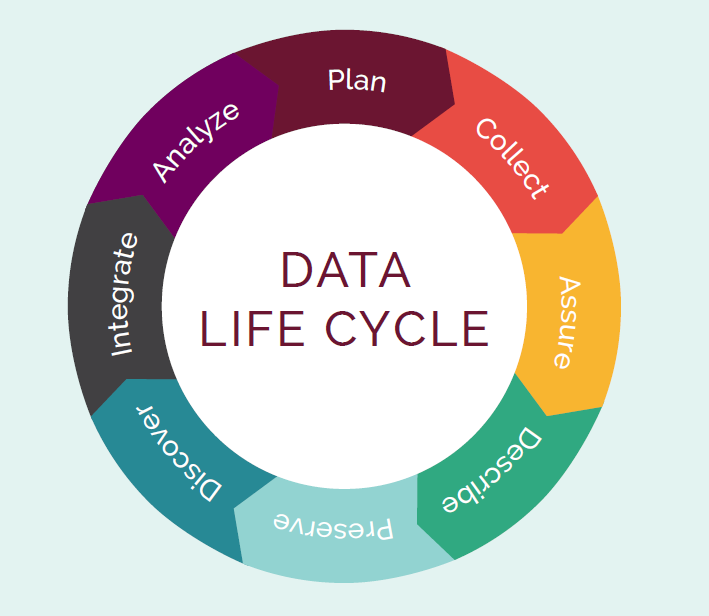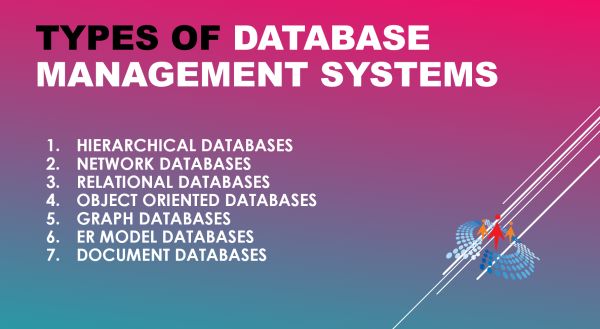What is a database application and DBMS?
A database application, known as DBMS (Database Management System) is a computer programming used for storing, retrieving, and analyzing electronic data. It is a set of real-life data which plays an immense role in a company. Keeping in mind your requirement, it permits you to create your own databases, with proper security measures.
Characteristics and Advantages of Database Management System
Any robust DBMS will have the following characteristic
- Data security – You can control the level of access to your database, and thus have an enhanced security for your database.
- Eliminates data redundancy – Ideally each data is stored only once with a unique key assigned to it. So, you can eliminate the chances of data redundancy.
- Database is self-describing – A database contains metadata and also describes the relationship between data, thus it is considered as self-describing.
- Insulation between programs and data – Unlike the file-system, data structure is stored in the system catalogue and not in any application programs. It provides an insulation between the programs and the data and makes it easier for you to change the structure of the file.
- Support multiple views of same data set – Multiple users can have different views of the same data-set and each view can contain the information of interest to a particular user or set of users.
- Multi-user transaction processing – Sharing of data has become much convenient with database applications. Multiple users can access the same set of data at the same time from different locations.
- Reduces human errors – DBMS provide the scope to define and impose certain restrictions on data entered by users. Thus, it enhances the chances of entering valid information and maintain data integrity.
- Data independence – Another characteristic and advantage of a robust DBMS is data dependency – the data description and the application program is distinct from each other. This is because DBMS handles the data structure and it is not embedded in the program itself.
- Transaction processing – Concurrency control subsystems in DBMS confirms that even after several users updating data in a single database, it remains consistent and valid throughout the transaction process.
- Backup and recovery – it is a very helpful characteristic of a database management system, which protects your data and prevents loss of it. Its backup is separate from the network backup and in case of hard disk failure, it can retrieve data from the same. Even in middle of a complex update process, if a computer system fails, the recovery subsystem feature of DBMS makes sure that the original state of a database is restored.
 Difference between DBMS and Flat File
Difference between DBMS and Flat File
- User access – a DBMS file can be accessed by multiple users. But a flat-file doesn’t support multi-users.
- Data size – A DBMS is suitable for any type of organization with small to large data size. For example, MS Access can store up to 2 gigabytes data, and MS SQL Server can store around 10 gigabytes data. Whereas a flat file is suitable for small DBMS only and thus suitable for small organizations with limited database.
- Data consistency – Since a DBMS removes data redundancy and enhances integrity, the data is more reliable and consistent. A flat file cannot remove data redundancy and has integrity issues.
- Cost – Apparently the cost of a DBMS is more as compared to a flat file. But, if considered in the long, the cost gets mitigated by the advantages of a DBMS.
- Automation – A DBMS is easy to implement and can deal with large and complex data more seamlessly than a flat file can. Moreover, automating regular tasks is more convenient and reliable in a DBMS.
 Applications of DBMS
Applications of DBMS
With the increase in data, it is imperative that we store it properly and use it for the best of our organization. There is no such field where you will not find the need of a DBMS – it is used in every sector and has become a part and parcel of any growing business. Some of the applications are:
- Banks – For storing customers’ information, their transaction details, and account activities.
- Airlines – For storing the schedule information of aircraft’s and its passenger details.
- HR Management – Employee pay checks, their leaves, deductions, their background information and performance details – each and everything pertaining to an employee needs to be stored carefully.
It is because of DBMS that finding any information has become easier for not only the organization, but also the customers. We can check our bills online, get information about flight, know our leave status without even contacting the owner of the database, and enjoy many other benefits.
 Participants of DBMS
Participants of DBMS
The participants of a database management system can be categorized in the following manner:
- End-users – These are the people who regularly interact with the DBMS through various operations like retrieving, updating, deleting, analyzing, presenting, etc. To be an end-user, technical skills sets is not required.
- Database Administrators – A DBA or Database Administrator is responsible for managing the database. These people should ideally have a sound knowledge of coding and other programming languages such as SQL.
- Application Programmers – The programmers or developers are the IT people who build the database application. They write programs in different programming languages to enable it interact with the databases. They have strong grasp of programming languages and make sure that database is developed in the best possible way.
Types of DBMS
There are four types of DBMS:
- Hierarchical – Data is stored in a tree-like structure in a top-down format. A parent-child relationship is used to represent this data.
- Network Model – Unlike Hierarchical model, in this model each child can have more than one parents. It helps you deal with more complex data with many-to-many relationships.
- Relational model – one of the most widely used type which stores data in fixed structures, and manipulates it using SQL. It uses normalization of data.
- Object-Oriented Model – This model uses classes to display data within it.
 Conclusion
Conclusion
In spite of the umpteen benefits of a DBMS, you should not opt for it if you do not have a budget for a database programming expert. In spite of being the best solution for data dealing, if you do not maintain it properly, you might end up in a problem.



